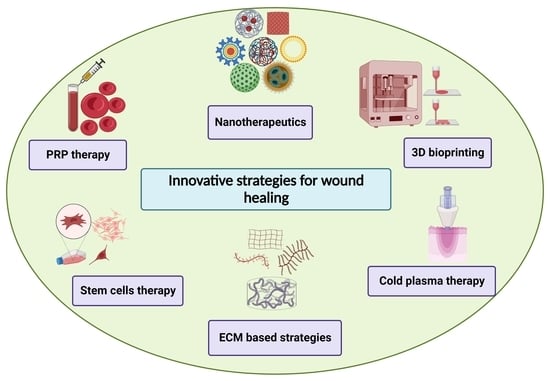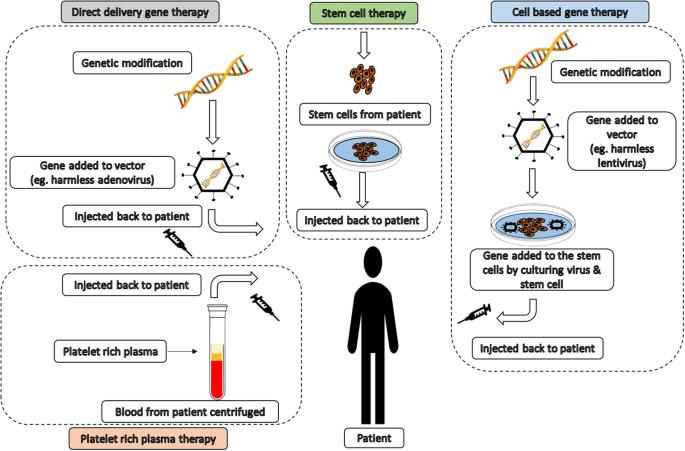Table of Contents

[/image][=video]
[/video]
A lot of sites utilized for bone marrow harvesting are located in the hip bones and the sternum. In recuperation, the donor might experience some discomfort in the locations where the needle was put.

If an autologous transplant is intended, formerly gathered stem cells, from either outer (apheresis) or harvest, are counted, screened, and ready to instill. The preparations for a bone marrow transplant vary relying on the sort of transplant, the condition needing transplant, and your resistance for sure medications. Think about the following: A lot of commonly, high doses of radiation treatment and/or radiation are included in the preparations.
Ablative treatment stops this process of cell manufacturing and the marrow ends up being vacant. A vacant marrow is needed to make space for the brand-new stem cells to grow and develop a brand-new blood cell production system.
It is not an operation to put the marrow into the bone, however is similar to receiving a blood transfusion. The stem cells locate their means right into the bone marrow and start recreating and growing new, healthy and balanced blood cells. After the transplant, helpful treatment is provided to protect against and treat infections, side results of treatments, and issues.
Stem Cell Therapy
The days prior to transplant are counted as minus days. The day of transplant is taken into consideration day zero. Engraftment and recovery complying with the transplant are counted as plus days. As an example, a person may go into the healthcare facility on day -8 for preparative routines. The day of transplant is numbered zero. Days +1, +2, etc, will certainly follow.
The days are phoned number to aid the patient and family members understand where they remain in terms of risks and discharge preparation. Throughout mixture of bone marrow, the patient might experience the following: Pain Chills High Temperature Hives Breast pain After infusion, the individual might: Invest numerous weeks in the medical facility Be really prone to infection Experience excessive blood loss Need blood transfusions Be restricted to a tidy atmosphere Take multiple antibiotics and other medicines Be given medicine to stop graft-versus-host diseaseif the transplant was allogeneic.
Relying on the kind of transplant and the illness being treated, engraftment generally takes place around day +15 or +30. Blood counts will be inspected frequently during the days following transplant to evaluate initiation and progress of engraftment. Platelets are generally the last blood cell to recoup. Engraftment can be postponed as a result of infection, medicines, low donated stem cell matter, or graft failing.
Microbial infections are the most typical. Viral and fungal infections can be deadly. Any infection can trigger a prolonged healthcare facility remain, prevent or postpone engraftment, and/or reason long-term organ damages. Prescription antibiotics, antifungal medicines, and antiviral medications are frequently provided to attempt to avoid serious infection in the immunosuppressed client. Thrombocytopenia (reduced platelets) and anemia (reduced red cell), as a result of a nonfunctioning bone marrow, can be harmful and also lethal.
Fluid overload is a complication that can lead to pneumonia, liver damages, and high blood pressure. The major reason for fluid overload is since the kidneys can not keep up with the big amount of liquid being given in the type of intravenous (IV) medicines, nutrition, and blood products.
Menopause Treatment

Respiratory status is an important function that may be endangered throughout transplant. Infection, swelling of the airway, fluid overload, graft-versus-host condition, and blood loss are all prospective life-threatening issues that might take place in the lungs and lung system. The liver and heart are essential body organs that may be harmed during the hair transplant procedure.
Failure of the graft (transplant) taking hold in the marrow is a possible issue. Graft failing might take place as a result of infection, reoccurring disease, or if the stem cell matter of the contributed marrow was insufficient to trigger engraftment. Graft-versus-host disease (GVHD) can be a major and dangerous problem of a bone marrow transplant.
Rather than a body organ transplant where the client's body immune system will certainly try to deny just the hair transplanted body organ, in GVHD the new or hair transplanted immune system can attack the entire person and all of his or her body organs. This is due to the fact that the new cells do not acknowledge the cells and organs of the recipient's body as self.

One of the most common websites for GVHD are GI tract, liver, skin, and lungs. Prognosis greatly depends on the following: Kind of transplant Type and degree of the disease being dealt with Disease feedback to therapy Genetics Your age and total wellness Your resistance of specific medications, treatments, or therapies Severity of issues Similar to any type of procedure, in bone marrow transplant the diagnosis and lasting survival can differ considerably from one person to another.
Regenerative Therapy local to Roseville, Michigan
Constant follow-up care is essential for the person following a bone marrow transplant. New methods to enhance therapy and to lower difficulties and side results of a bone marrow transplant are continually being found.
Accessed June 5, 2017. The hope is to restore damaged cells that will not effectively heal on its own. Regenerative medication therapies can be split right into 3 groups: help with recovery by infusing or placing live cells right into the patient. Instances of mobile treatment include PRP and stem cell treatments, which can be used to treat tendinopathy and other sporting activities injuries.
Phys Med Rehabil Clin N Am. 2014; 25( 4 ):881 -95. As time passes, private medical professionals learn and share info, improving the application of these therapies. See Are PRP Injections Effective?Until a lot more is understood, regenerative medication therapies are not taken into consideration conventional technique and insurance plans normally do not cover them. Lots of individuals agree to pay out-of-pocket. is advancing promptly with breakthroughsin stem cells, gene treatment, and cells engineering. This short article explores these innovative approaches, highlighting their transformative potential for tissue and organ repair service. are positioned to change medical treatments and improve individual outcomes. Cell regrowth, the process of recovering lost cells to recuperate regular feature, varies across different tissues and body organs. In Drosophila larval wing discs, cells immune to apoptosis aid tissue regrowth. Computer mouse number idea regrowth is moderated by the blastema, including different progenitor cells, as highlighted in this research.: The diversity of cells within a cells can influence regrowth. Outer nerves, for example, include Schwann cells, nerve fibroblasts, and immune cells, each contributing in nerve regeneration, as discussed below. These elements communicate dynamically, making cell regeneration a complicated procedure that differs based on the certain cells or body organ. Cell regrowth plays a critical duty in preserving the body's general healthand well-being. It is accountable for fixing and replacing broken or aging cells, making sure the correct performance of body organs and cells. Effective cell regrowth therapy can substantially affect the treatment of various clinical problems, including degenerative conditions, injuries, and also the aging process. Several substantial turning points have actually marked the development of cell regeneration research. In the late 18th century , Italian biologist Lazzaro Spallanzani carried out pioneering experiments on the regrowth of amphibian limbs, providing evidence for the regenerative capacity of certain organisms. In the 20th century, the discovery of stem cells by Canadian scientists Ernest McCulloch and James Till revolutionized the area. Harold E. Varmus, that played a vital duty in illuminating the hereditary basis of cancer cells, and Dr. Michael S. Brown and Dr. Joseph L. Goldstein, who uncovered the duty of low-density lipoprotein (LDL) receptors in cholesterol metabolism. Stem cell therapy is just one of one of the most extensively looked into and encouraging branches of cell regrowth therapy. This irritant activates a local inflammation action, which prompts the release of growth aspects and the employment of regenerative cells. With time, the regenerative cells assist in the fixing and regeneration of injured cells, offering alleviation to individuals dealing with chronic bone and joint pain or joint instability. Cartilage regeneration therapy concentrates on recovering harmed or deteriorated cartilage material, which plays an important function in joint function and movement. Some cells, such as epithelial cells in the skin or the lining of the intestinal tract, have a high turnover price and can regenerate rapidly. On the other hand, cells in the main nerve system, such as neurons, have limited regenerative capability. This disparity is mainly because of the complexity of the tissue, the presence of inhibitory variables, and the cellular atmosphere. Cell regrowth therapy uses promising options for speeding up wound recovery and treating various injuries.
Navigation
Latest Posts
Menopause Therapy servicing Roseville, Michigan
Menopause Therapy in Roseville
Stem Cell Therapy